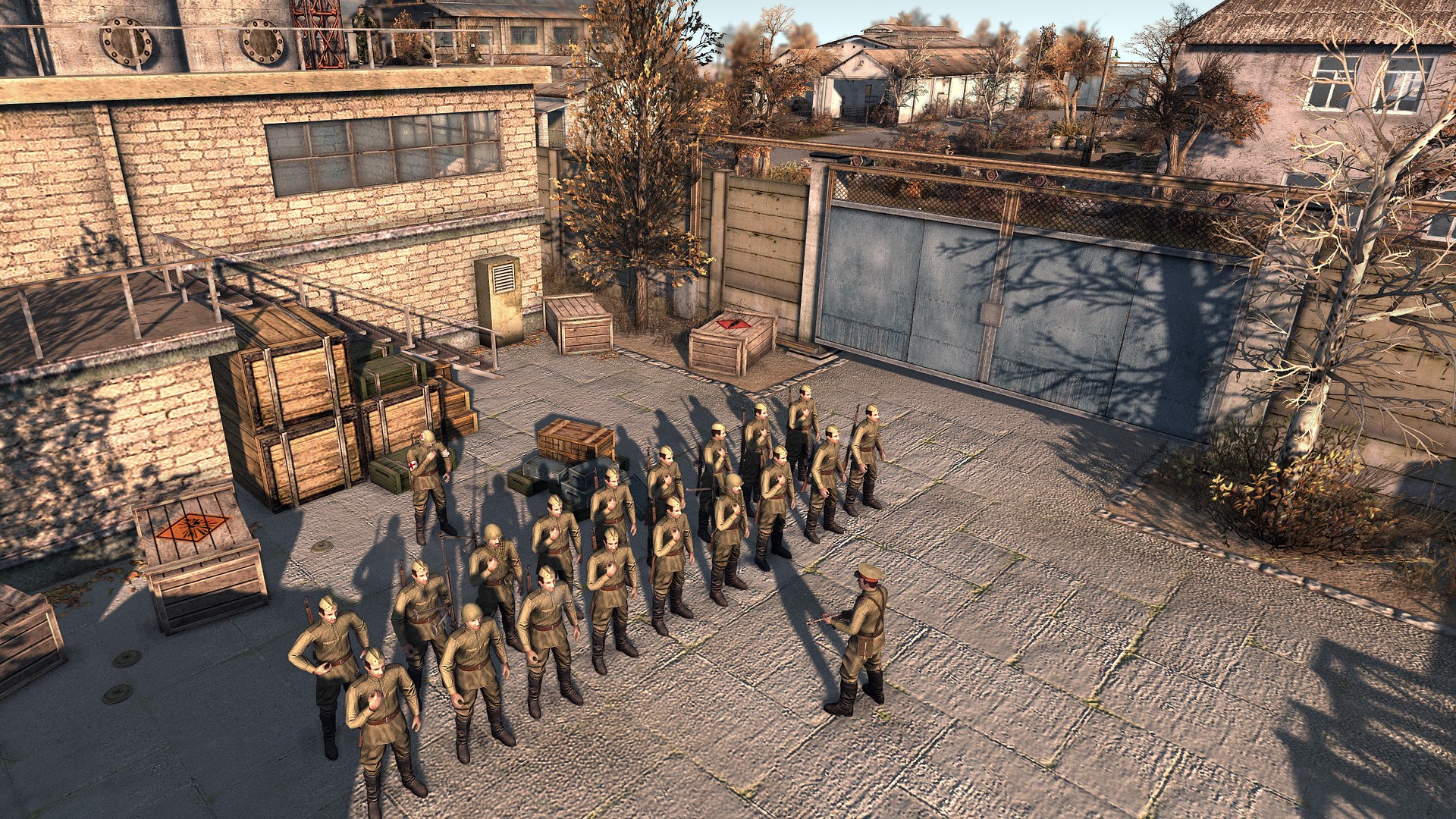

In 1802, largely at the instigation of Admiral the Earl St Vincent, they were titled the Royal Marines by King George III. They also served in the American War of Independence, notably in the Battle of Bunker Hill led by Major John Pitcairn. During the rest of the 18th century, they served in numerous landings all over the world, the most famous being the landing at Belle Île on the Brittany coast in 1761. This attitude persisted well into the 1800s. It was not until 1771 that the first Marine was promoted to colonel.

This meant that the furthest a Marine officer could advance was to lieutenant colonel. Initially Marine field officer ranks were honorary sinecure positions awarded to senior Royal Navy officers. On 5 April 1755, His Majesty's Marine Forces, fifty Companies in three Divisions, headquartered at Chatham, Portsmouth, and Plymouth, were formed by Order of Council under Admiralty control. The Royal Marines traces its origins back to 28 October 1664 when at the grounds of the Honourable Artillery Company "the Duke of York and Albany's maritime regiment of foot" was formed. Main article: History of the Royal Marines Today, the Royal Marines are an elite fighting force within the British Armed Forces, having undergone many substantial changes over time. The Royal Marines have close international ties with allied marine forces, particularly the United States Marine Corps and the Netherlands Marine Corps (Dutch: Korps Mariniers). In recent times the Corps has been largely deployed in expeditionary warfare roles such as the Falklands War, the Gulf War, the Bosnian War, the Kosovo War, the Sierra Leone Civil War, the Iraq War and the War in Afghanistan.


Throughout its history, the Royal Marines have seen action in a number of major wars often fighting beside the British Army – including the Seven Years' War, the Napoleonic Wars, the Crimean War, World War I and World War II. The Corps operates in all environments and climates, though particular expertise and training is spent on amphibious warfare, arctic warfare, mountain warfare, expeditionary warfare, and its commitment to the UK's Rapid Reaction Forces. The Royal Marines are organised into a light infantry brigade ( 3 Commando Brigade) and a number of separate units, including 47 Commando (Raiding Group) Royal Marines, and a company strength commitment to the Special Forces Support Group. Īs a highly specialised and adaptable elite light infantry force, the Royal Marines are trained for rapid deployment worldwide and capable of dealing with a wide range of threats. The marines can trace their origins back to the formation of the English Army's "Duke of York and Albany's maritime regiment of Foot" at the grounds of the Honourable Artillery Company on 28 October 1664. The Corps of Royal Marines ( RM) is an amphibious light infantry and also one of the five fighting arms of the Royal Navy.


 0 kommentar(er)
0 kommentar(er)
